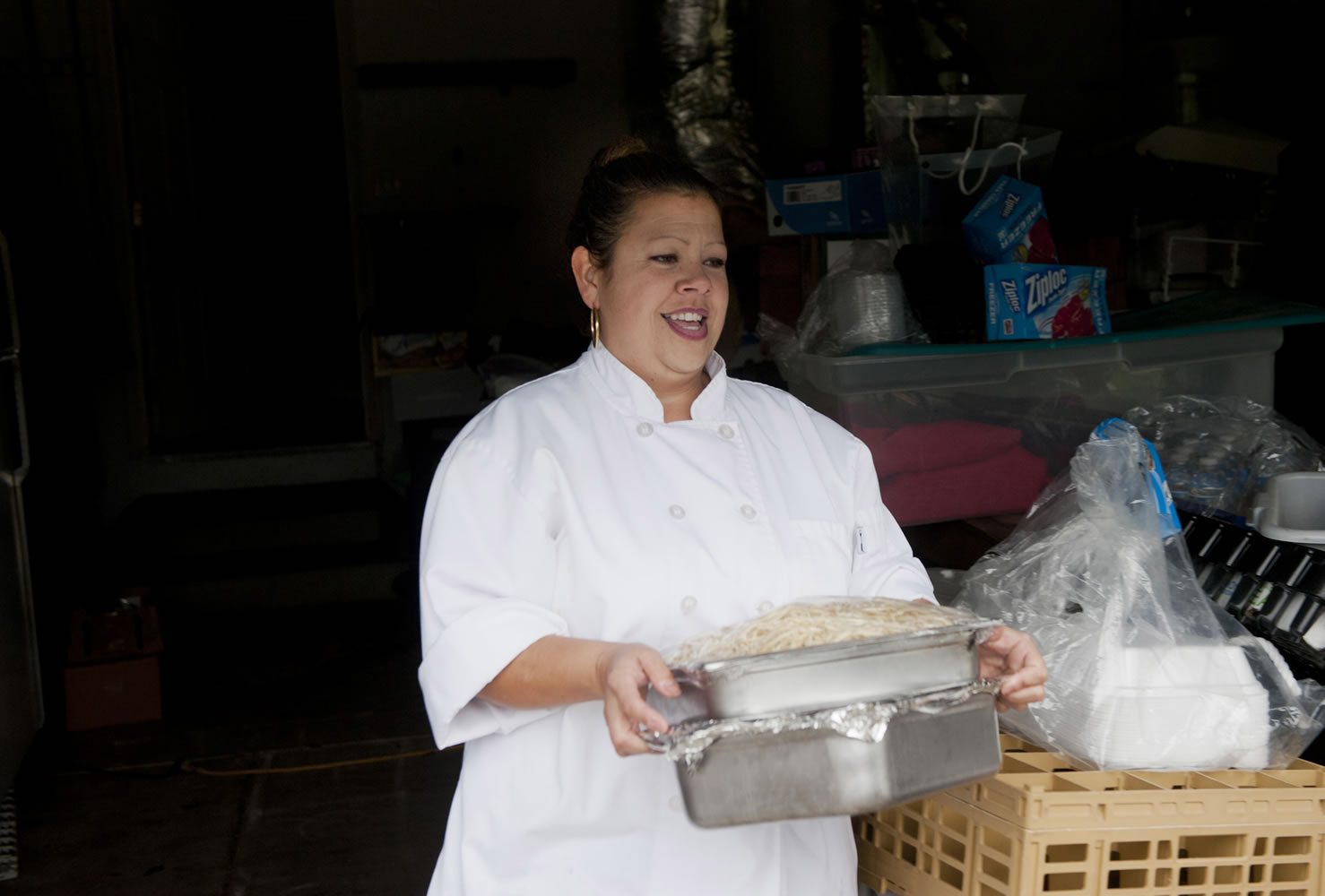SACRAMENTO, Calif. — Not until after the surgery did Sandra Nauer realize how sick she’d been.
“Oh, my gosh, I had no idea I was in such bad shape,” said Nauer, 44, who lives in Galt, Calif.
After years of excruciating back pain, fatigue and other symptoms, she had an outpatient hysterectomy on May 22 — and on June 7, she returned to work running her catering business.
“I’m a new woman,” she said. “Holy smokes, I feel like a million bucks.”
For earlier generations of women, hysterectomy was all but a rite of passage before age 50, albeit a difficult one. Even now, it remains the second-most-performed surgical procedure for American women still of reproductive age, and by age 60, one in three women has undergone the surgery, according to the Centers for Disease Control and Prevention.
Despite that, hysterectomy rates in the past three decades have dropped from almost 56 per 10,000 women to 33 per 10,000, American Congress of Obstetricians and Gynecologists statistics show, and the surgery itself has been streamlined into minimally invasive procedures that make the operation and recovery easier.
But hysterectomy remains controversial. While many medical experts see good news in pioneering advances and quick recovery times, some of them also see bad news, as well, saying that up to two-thirds of the 600,000 hysterectomies performed each year in this country could be avoided.
Are too many women undergoing hysterectomies, even now? Should women think twice before having the surgery?
“The rate has come down a little but not enough,” said Dr. William Parker, UCLA School of Medicine clinical professor and author of “A Gynecologist’s Second Opinion.”
“In the old days, hysterectomy was all we had to offer for patients. We were taught that it was the solution for almost every complaint.”
Today, alternative treatments often replace surgery, particularly for women below age 50.
“One of the problems is that the information on alternatives hasn’t seeped out as widely as it should into the medical world,” said Parker. “A lot of the newer surgeries now are minimally invasive, but many doctors haven’t been trained to do them.”
For younger women, 90 percent of hysterectomies deal not with reproductive cancers but rather with pelvic pain; uterine fibroids, or benign tumors; excessive bleeding; and endometriosis.
For older women, the most common underlying diagnosis is cancer.
Side effects of the surgery — which involves the removal of the ovaries in almost three-fourths of patients — can include the early onset of menopause, bladder and bowel problems and loss of sex drive.
Research also shows that hysterectomy can increase a woman’s risk of heart disease and lung cancer.
“It’s important that women understand, even if they’re not having children any more, they might like to have sex, and they might like not having a heart attack,” said Nora Coffey, founder of the Pennsylvania-based Hysterectomy Education Resources and Services Foundation.
“Whether the surgery is life-saving or completely unnecessary, you deserve to know the consequences.”
But other medical experts insist that alternative treatments are always their first choice before surgery.
Hormone treatments can help relieve abnormal uterine bleeding and other menstrual cycle disorders, for example, as can endometrial ablation. Similarly, medications can help shrink uterine fibroids.
“There are certainly non-surgical ways to deal with female problems besides removing the uterus,” said Dr. Wesley Hilger, medical director of Sutter Medical Center’s minimally invasive gynecology program. “It’s a conversation you have with the patient.”
Like other experts, he also sees a significant generational change in women’s attitudes, with younger, consumer-oriented patients more comfortable demanding answers from their doctors.
“Many older patients who’ve had hysterectomy years ago don’t know why,” he said. “They’ll say, ‘My doctor said I needed it.'”
“Now patients have access to information on the Internet. We have a real discussion. The age of the paternalistic doctor is over. Now the decision is more what works for their condition and their lifestyle.”
Of the 1,500 hysterectomies he estimates that he’s performed in the past six years, he said, only a handful have involved the traditional abdominal incision stretching from hip to hip. Most are vaginal, laparoscopic or robotic surgeries, and increasingly no overnight hospital stay is involved.
“You have to overcome historical bias,” he said. “Patients have the idea that because their mother was in the hospital five days after her hysterectomy, they should be, too.”
Sandra Nauer thinks her decision to undergo hysterectomy not only solved ongoing gynecologic issues now but also prevented problems in years to come.
After an abnormal Pap smear and extensive tests, she chose a minimally invasive procedure. And then her mother and grandmother, who both had hysterectomies in their 40s, started sharing their long-ago experiences with her.
“All these horror stories,” said Nauer. “I was really nervous about the surgery. I heard things from other women, all these frightening things. Everyone said, ‘You’ll never be the same. You’ll be down physically for a couple of years.’
“I was really scared, but it was nothing like I expected it to be.”



